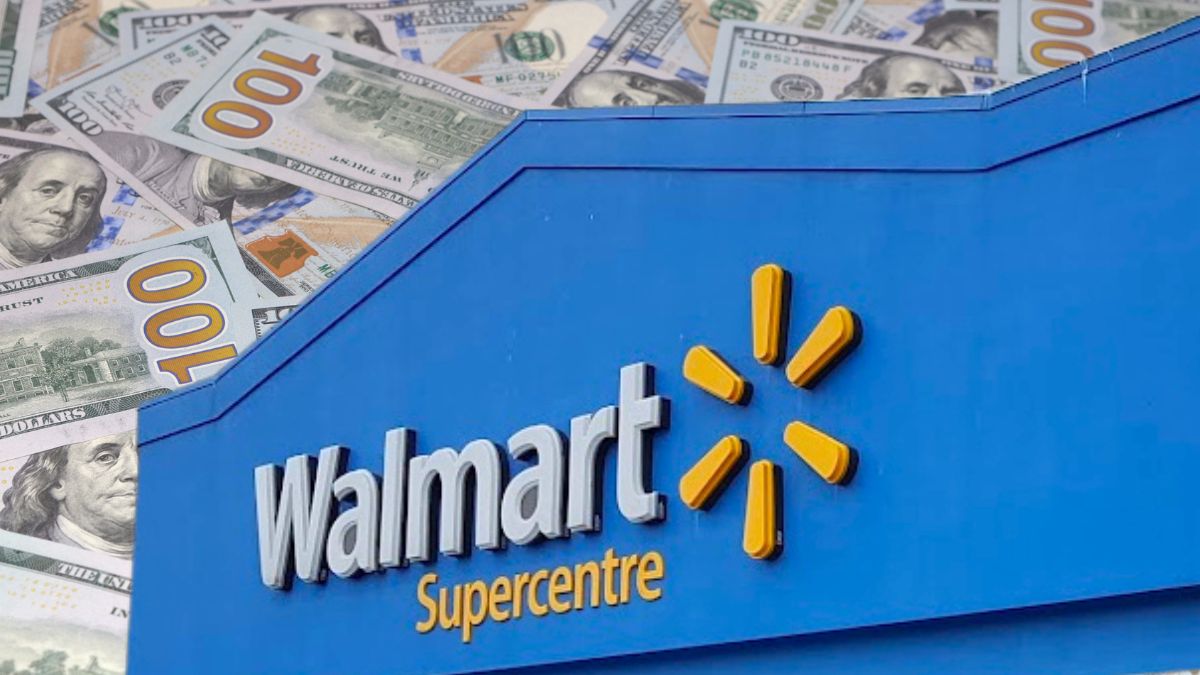
Walmart reported positive results in its loyalty and membership programs during the second quarter of fiscal year 2026, showing that its omnichannel strategy goes beyond traditional retail. With a 15% growth in membership revenue and significant progress in its digital ecosystem, the company reaffirms its commitment to recurring and high-margin business models.
ALSO READ. Walmart designs AI super agents to revolutionize retail
“Walmart+ membership grew at double digits, and Sam’s Club continues to show sustained increases in the number of members, renewals, and Plus member penetration,” said John David Rainey, CFO of the company, during the investor call.
These programs, along with the expansion of digital advertising and marketplace businesses, are reshaping Walmart’s financial structure, generating more diversified, scalable, and profitable revenue.
How much did Sam’s Club memberships grow?
Sam’s Club, Walmart’s membership-based format, remains one of the group’s growth pillars. In the second quarter, membership revenues at Sam’s Club grew by 7.6% in the United States, driven by an increase in the member base and a greater share of Plus members, who pay a higher fee in exchange for additional benefits.
Chris Nicholas, CEO of Sam’s Club, emphasized that the growth was entirely driven by units sold, reflecting strong customer commitment to the club’s value proposition. Additionally, there was an acceleration in eCommerce growth, which rose 26%, with a significant share coming from club-fulfilled deliveries.
“Two-thirds of the sales growth came from eCommerce, and deliveries were a real powerhouse within that segment,” said Nicholas. There was also an increase in purchase frequency, spend per member, and renewal rate — key indicators for evaluating loyalty in this business model.
ALSO READ. Who is Hugo Aguilar Ortiz and how much money will he make? Will he earn more than Sheinbaum?
What progress did Walmart+ make as a digital membership program?
Walmart+, the membership program focused on the digital channel, also showed solid performance. The company stated that membership revenue grew at double digits during the quarter.
This program includes benefits such as free deliveries, fuel discounts, and early access to offers. Walmart+ has established itself as a direct competitor to Amazon Prime, with a value and convenience-centered proposition.
In line with this strategy, Walmart announced the upcoming launch of the OnePay credit card, which will offer 3% unlimited cashback on purchases within Walmart and 5% for Walmart+ members. It will also provide 1.5% cashback on purchases outside the Walmart ecosystem.
“This is another great example of the growing value of being a Walmart+ member,” CFO Rainey highlighted, anticipating that the new financial tool will reinforce digital customer loyalty.
Digital advertising in Walmart’s revenue
One of the highlights in the financial report was the performance of the digital advertising business, which posted global growth of nearly 50%, including contributions from VIZIO. In the U.S. market, Walmart Connect grew its advertising revenue by over 30%, while Sam’s Club grew 24%, and Flipkart in India drove a 15% increase in the international business.
“With the strong growth of eCommerce, our advertising business also showed a remarkable increase,” Rainey explained. This area represents one of the pillars of Walmart’s so-called second P&L: a non-traditional revenue model that includes memberships, marketplace, and digital services.
This new business mix is driving Walmart’s profitability. According to the CFO, “50% of our incremental profit (excluding extraordinary costs) came from advertising, memberships, and marketplace.”
Marketplace: an evolution of the retail model
Walmart’s marketplace — which allows third-party product sales on its platform — also had a strong quarter. Sales grew nearly 20% year-over-year, with an increase in the use of fulfillment services (Walmart Fulfillment Services, WFS), which now account for 44% of the marketplace volume, 250 basis points more than the previous year.
This trend shows the platform’s maturity and its ability to compete with established marketplaces like Amazon. The integration of 1P (Walmart-owned) and 3P (third-party sellers) products allows for a broader assortment and greater stock availability for customers.
What is Walmart’s overall performance this quarter?
Despite facing challenges — such as an unexpected $450 million expense in legal and compensation claims — Walmart managed to maintain its annual operating profit growth guidance between 3.5% and 5.5%, while also raising its sales growth forecast to a range of 3.75% to 4.75%.
This performance is partly due to the strengthening of its new businesses and digital services, which are becoming increasingly relevant as stable sources of income and profitability. “Our business mix is changing. Advertising, memberships, and digital services have higher margins, and that’s giving us more flexibility to face challenges like tariffs or inflation,” the CEO explained.
👉 Follow us on Google News.










